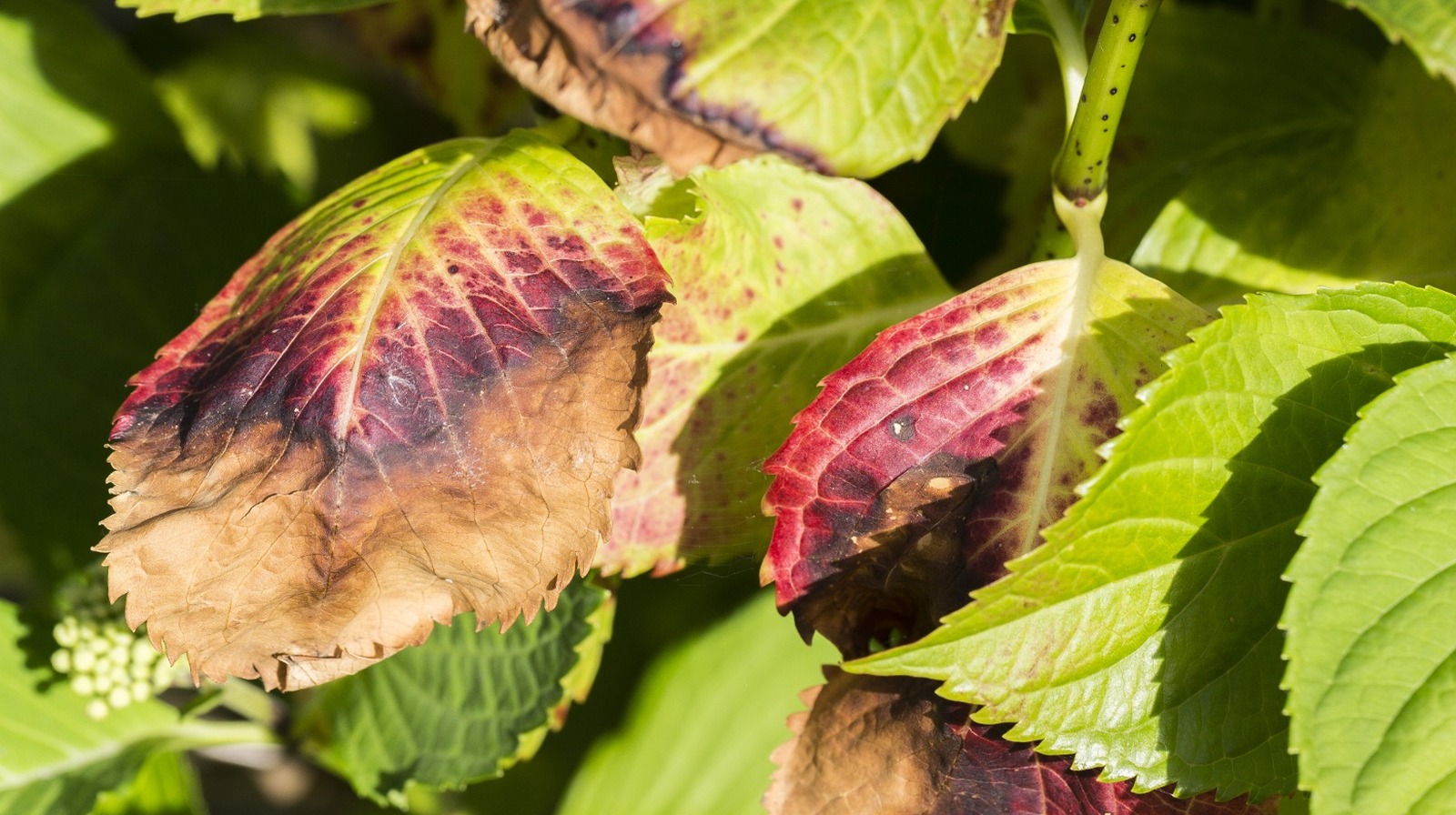The Facts About Hydrangea Leaves Turning Yellow Uncovered
The Facts About Hydrangea Leaves Turning Yellow Uncovered
Blog Article
Hydrangea Leaves Turning Yellow - An Overview
Table of ContentsMore About Hydrangea Leaves Turning YellowHydrangea Leaves Turning Yellow Can Be Fun For EveryoneExcitement About Hydrangea Leaves Turning YellowThe Facts About Hydrangea Leaves Turning Yellow Revealed
Hydrangea plants are understood for their stunning flowers, but in some cases their fallen leaves can transform yellow. This is normally an indication that something is wrong and the plant needs your aid.Hydrangea leaves transforming yellow can be a reason for worry. Hydrangea leaves typically turn yellow when the plant is overwatered.
When the origins of a plant are submerged in water for extended periods, they start to suffocate and rot. This procedure cuts off the origins' oxygen supply, causing the leaves to transform yellow and ultimately pass away. Overwatering can also cause various other problems such as fallen leave drop, origin damage, and fungal growth.
If you assume your Hydrangea is overwatered, the very best solution is to allow the dirt dry out entirely before sprinkling once more. It's additionally a great concept to check the drain of your pot or yard bed and ensure that water is not merging around the plant's roots. Hydrangea plants need well-drained dirt to thrive.
The Only Guide to Hydrangea Leaves Turning Yellow
Hydrangea leaves can also turn yellow if the plant is not getting adequate water. This takes place when the plant does not obtain adequate water, and the dirt begins to dry out.

This is understood as "fertilizer melt," It takes place when the plant's roots are exposed to also much fertilizer. Other indicators of plant food melt include brownish or yellow fallen leaves, wilting, and stunted growth.
This will certainly assist remove any kind of excess fertilizer from the origins of the plant. It's additionally a great concept to decrease the quantity of fertilizer you are making use of.
Some Known Details About Hydrangea Leaves Turning Yellow

If your Hydrangea is ravaged with insects, dealing with the plant with neem or gardening oil is the best solution. It's additionally good to remove any affected leaves from the plant (Hydrangea Leaves Turning Yellow).
To prevent spreading the disease, ensure to sanitize your scissors prior to cutting any type of leaves off. Hydrangea leaves can likewise turn yellow if the temperature level emphasizes learn the facts here now the plant. This typically happens when the plant is revealed to Continued severe cold or warm. The leaves of the plant will transform yellow and start to go down off.
If the temperature emphasizes your Hydrangea, you need to relocate the plant to a location where it will be protected from the severe cool or warm. You can also attempt to give the plant with some partial shade if exposed to guide sunlight. You can also attempt including mulch around the plant base to aid regulate the temperature level.
Hydrangea Leaves Turning Yellow Fundamentals Explained
The leaves can likewise transform yellow if the Hydrangea plant has origin rot. This is generally triggered by overwatering or inadequate drainage. When the plant's roots are immersed in water for too long, they start to rot. One of one of the most common root rot signs and symptoms is yellowing leaves, as the fungi prevents the origins from taking in nutrients from the dirt.
Various other indicators of root rot include stunted growth, wilting, and fallen leave decrease. Examine the origins of your Hydrangea if it has root rot. If they are black or brown, then best site they are possibly rotten. If some healthy and balanced roots are left, you can try to save the plant by replanting it in a new pot with fresh soil.
If your Hydrangea is greatly influenced by origin rot, beginning with a new plant is best. As Hydrangeas age, their leaves will gradually turn yellow and brownish prior to dropping off the plant.
You can help the plant by guaranteeing it is getting sufficient water and nutrients. One possibility is that the plant is not getting adequate water.
Report this page